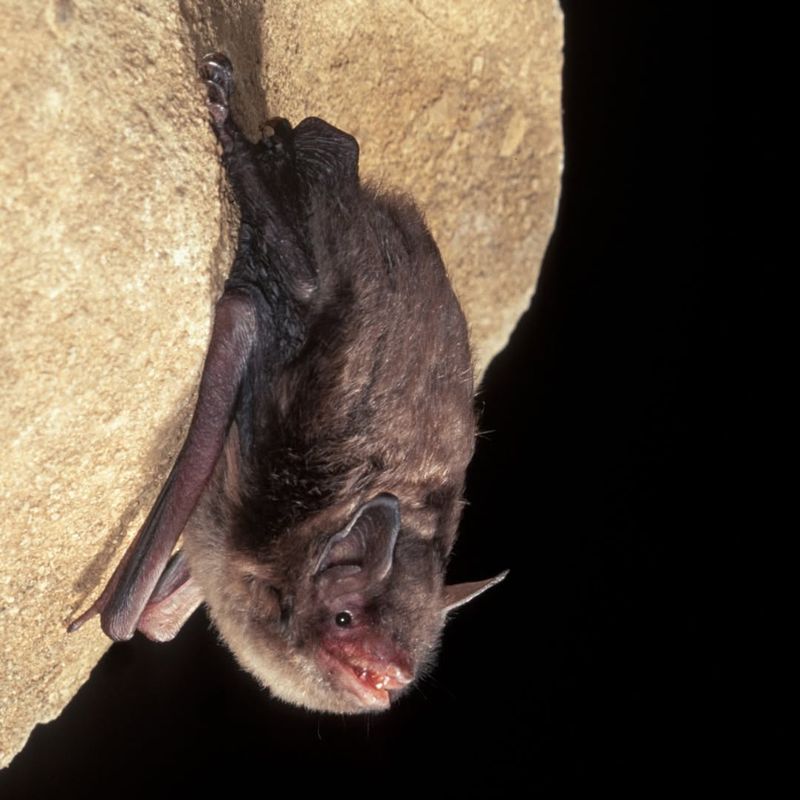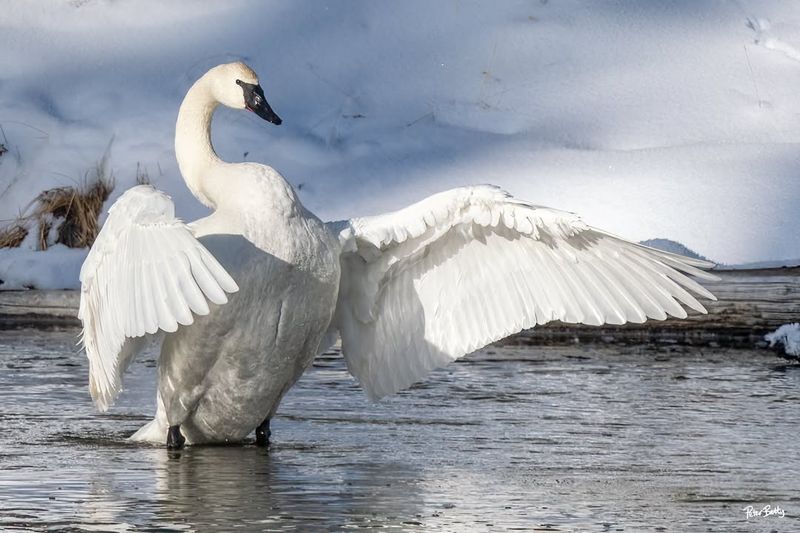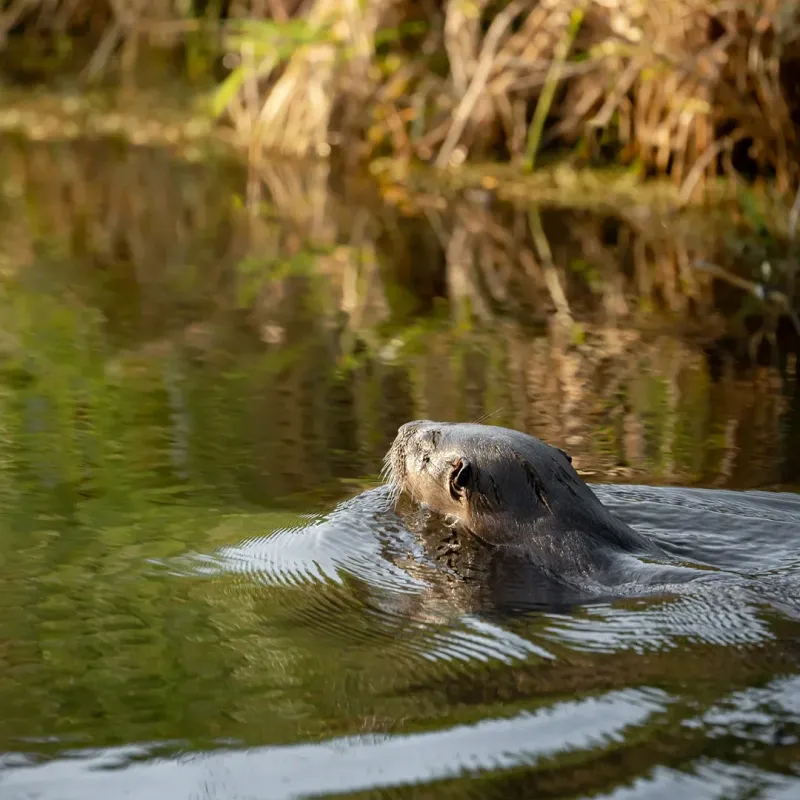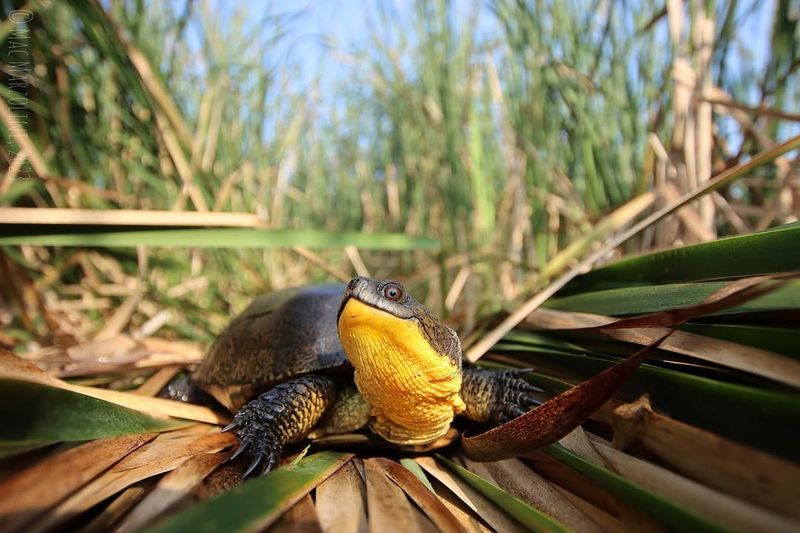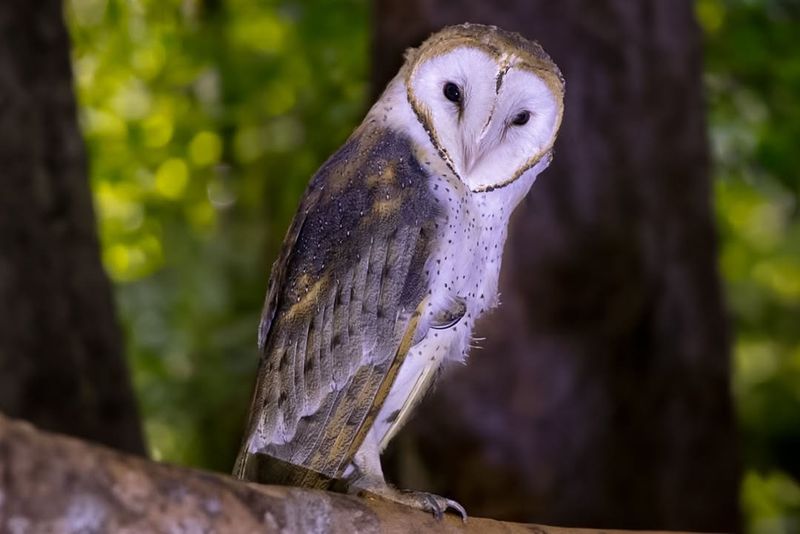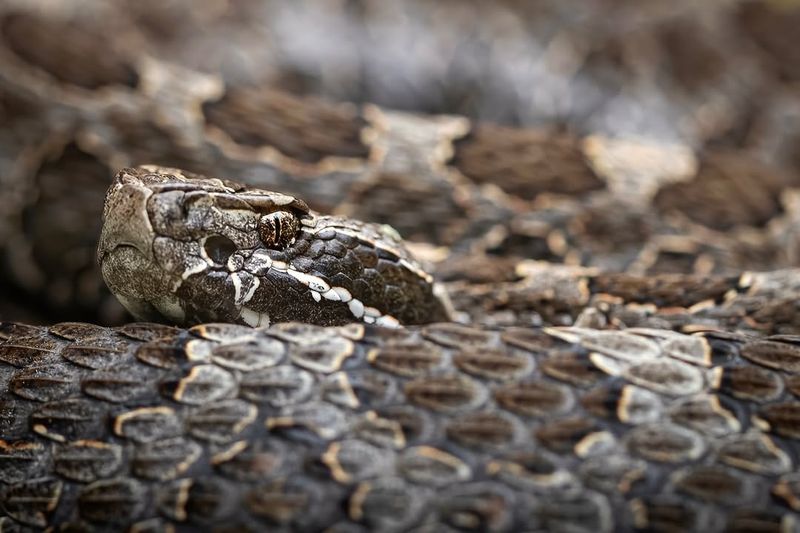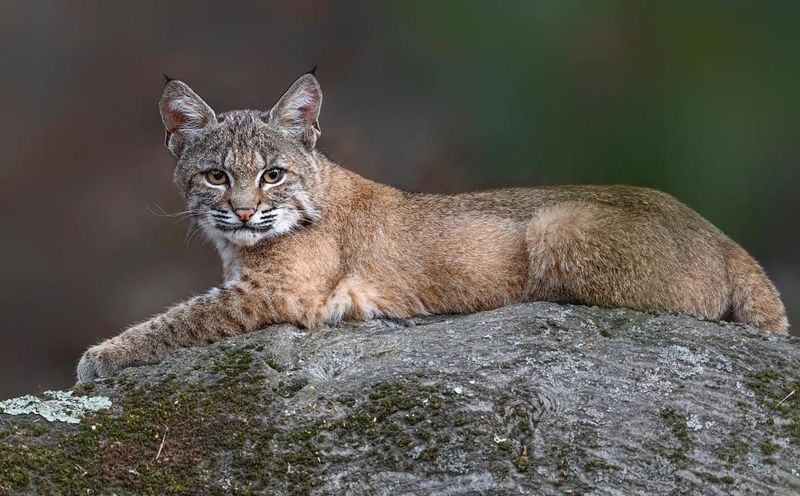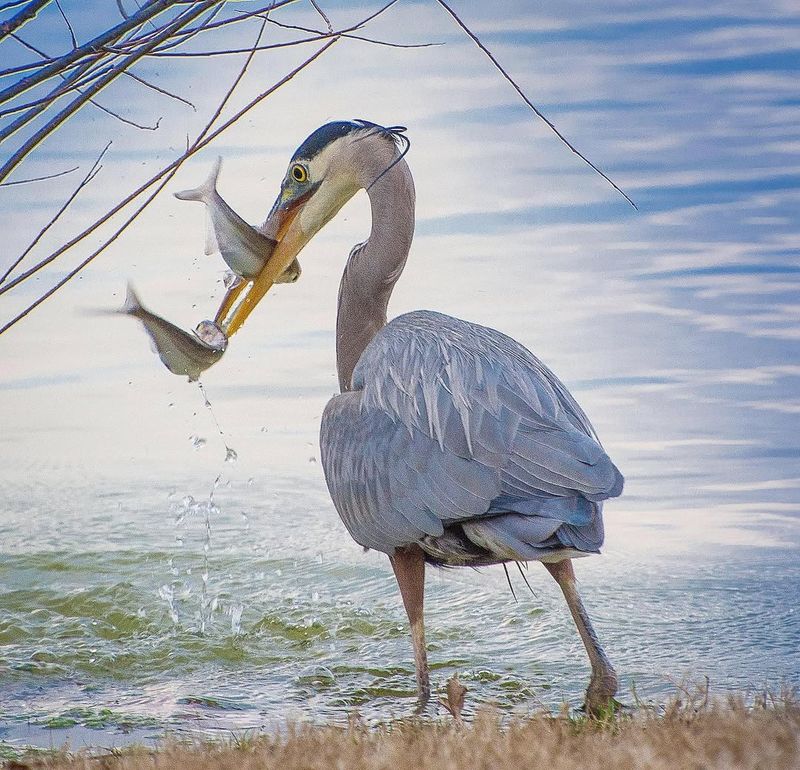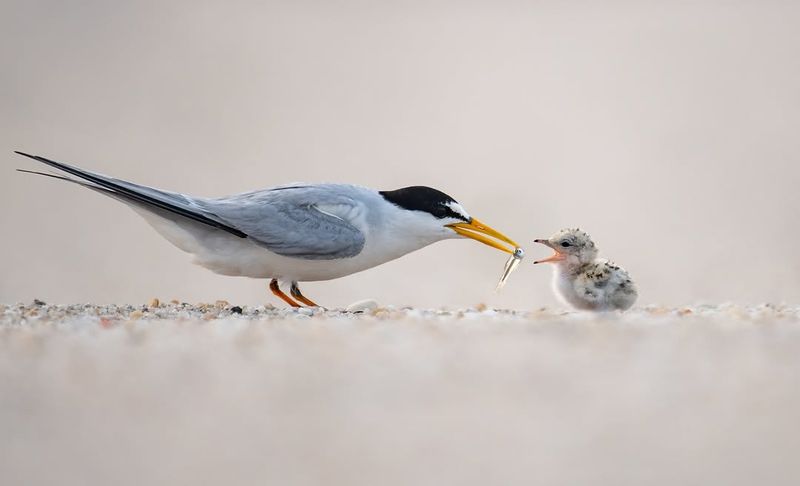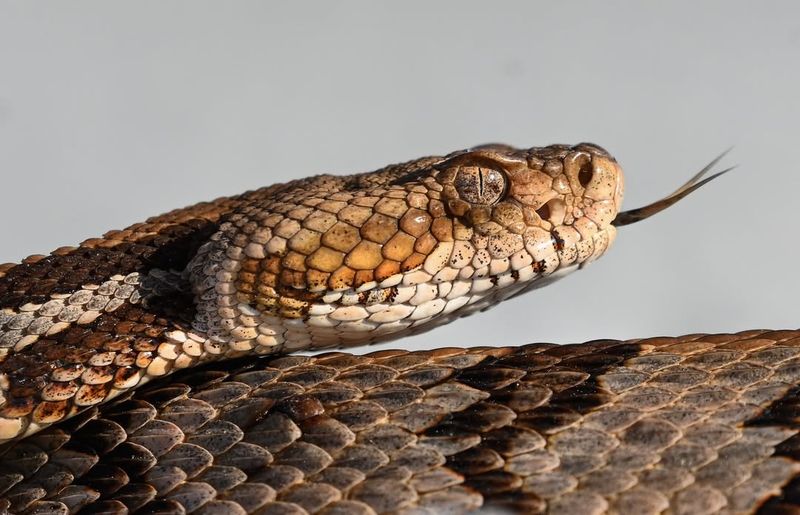Iowa might seem like a simple farming state, but wildlife laws here are surprisingly strict. Many animals that live in backyards, barns, or even attics are protected by state regulations.
If you find one causing trouble on your property, you might need official permission before taking action.
1. Bald Eagle
America’s national bird enjoys federal protection under the Bald and Golden Eagle Protection Act. Spotting one soaring over Iowa’s rivers is breathtaking, but interfering with nests or birds can lead to serious legal consequences.
Even fallen feathers require special permits to possess. If you discover an injured eagle, contact wildlife rehabilitators immediately rather than attempting rescue yourself.
Fines for violations can reach thousands of dollars.
2. Indiana Bat
Weighing less than three pennies, this tiny bat faces serious threats from habitat loss and disease. Indiana bats hibernate in caves during winter and spend summers roosting under tree bark throughout Iowa.
Federal endangered species laws strictly prohibit disturbing their roosting sites. Farmers and developers must conduct surveys before removing old trees or structures where colonies might hide.
Breaking these rules brings hefty penalties.
3. Trumpeter Swan
Once hunted nearly to extinction, trumpeter swans made a remarkable comeback in Iowa wetlands. Their loud, trumpet-like calls announce their presence across marshes and lakes.
State and federal protections mean you cannot harm, harass, or relocate these magnificent birds without proper authorization. Property owners dealing with crop damage must work with wildlife officials for solutions.
Watching them glide across water remains a true privilege.
4. River Otter
Playful and intelligent, river otters returned to Iowa waters after decades of absence. Their reintroduction represents a conservation success story, making them specially protected under state law.
Otters sometimes raid fish ponds, frustrating landowners, but removing them requires permits from the Department of Natural Resources. Wildlife managers can suggest non-lethal deterrents instead.
Their acrobatic swimming displays delight fortunate observers along riverbanks.
5. Blanding’s Turtle
Recognizable by their bright yellow throats and chin, Blanding’s turtles can live over 70 years in the wild. Unfortunately, their slow reproduction rates make populations vulnerable to decline.
Iowa classifies them as threatened, prohibiting collection or harm without special permits. Road mortality poses significant risks since females travel long distances seeking nesting sites.
Helping one cross safely keeps these ancient reptiles around for future generations.
6. Barn Owl
Ghost-white faces and silent flight make barn owls seem almost supernatural as they hunt rodents across Iowa farmland. Despite their name suggesting familiarity, these raptors receive full legal protection.
Farmers benefit from their pest control services, with a single owl consuming thousands of mice yearly. Removing nests or harming birds requires permits, even when found in occupied buildings.
Installing nest boxes offers better solutions than eviction.
7. Massasauga Rattlesnake
Iowa’s only venomous snake rarely grows longer than two feet and prefers avoiding humans entirely. Massasaugas inhabit wetland edges and prairies, where habitat loss threatens their survival.
State endangered status means killing or capturing them breaks the law, even on private property. Their shy nature and declining numbers make encounters increasingly rare.
Most bites occur when people accidentally step on or attempt handling them unnecessarily.
8. Piping Plover
Sandy beaches along rivers attract these tiny, quick-moving shorebirds during migration. Piping plovers blend perfectly with their surroundings, making nests nearly invisible to beachgoers.
Federal endangered species protections require beach closures during nesting season in some areas. Disturbing nests or chicks, even unintentionally, violates serious laws.
Their soft, musical calls barely carry over wave sounds, adding to their mysterious charm along Iowa waterways.
9. Bobcat
Elusive and solitary, bobcats roam Iowa’s forests and brushlands mostly unseen by humans. Their spotted coats and distinctive ear tufts make identification easy during rare sightings.
While hunting seasons exist with proper licenses, removing problem bobcats near homes requires special depredation permits. Most conflicts arise from curiosity rather than aggression.
Securing livestock and pets prevents most issues with these skilled predators naturally.
10. Great Blue Heron
Standing nearly four feet tall, great blue herons patrol Iowa’s waterways with patient determination. They spear fish with lightning-fast strikes, sometimes frustrating pond owners who stock ornamental koi.
Federal migratory bird protections prevent removal without permits, regardless of economic damage. Netting ponds or installing decoys offers legal alternatives.
Watching their slow, graceful flight across evening skies rewards those who share space with them.
11. Least Tern
America’s smallest tern species nests on sandbars and gravel beaches throughout Iowa’s river systems. Their high-pitched calls and aggressive nest defense make colonies easy to locate during summer months.
Endangered status prohibits approaching nests or disturbing nesting habitat without authorization. River recreation must accommodate their breeding needs from May through August.
Conservation efforts helped stabilize populations after dramatic declines threatened their existence completely.
12. Timber Rattlesnake
Bluff prairies and rocky hillsides provide ideal habitat for Iowa’s largest venomous snake species. Timber rattlesnakes grow impressively long but maintain docile temperaments when left undisturbed.
State threatened status makes killing them illegal, even when encountered on private land. Their declining numbers result from habitat destruction and historical persecution.
Giving them space and reporting sightings helps biologists monitor remaining populations across the state effectively.



